Resources
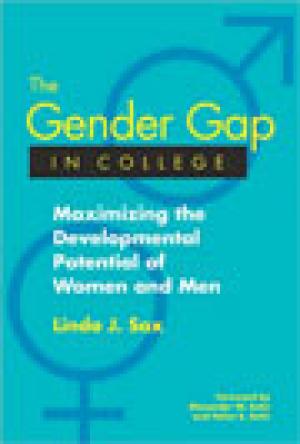
Drawing on data from a sample of approximately 17,000 male and female students that represent 200 institutions, The Gender Gap in College examines the impact of college experiences, peer groups, and faculty on a comprehensive array of student outcomes. Author Linda Sax’s approach is unique because she directly examines the interaction between gender and a variety of college experiences, a major inquiry which addresses the fundamental “individualization” question: do women and men respond differently to a given educational experience? The areas covered in the book include academic achievement, self-concept, life goals, career development, physical and emotional health, political and social attitudes, and satisfaction with college. (From the Publisher)
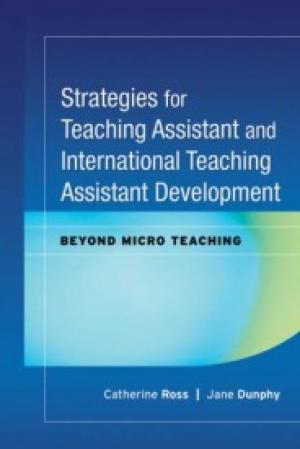
From the Publisher Written for anyone who works with graduate students to support their teaching efforts in American research universities, this book draws on the extensive experience of professional educators who represent a variety of programs throughout the United States. They understand the common constraints of many TA development classes, workshops, and programs, as well as the need for motivating and sophisticated techniques that are, at the same time, practical and focused. Their contributions to this book have proven to be effective in developing the sophisticated communication skills required by TAs across the disciplines.
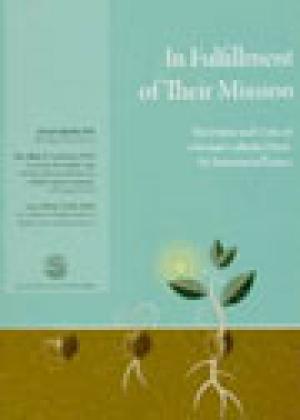
Project Overview Introduction Project Background and Methodology Project Panel Members The Nine Ministerial Duties The Matrix: Duties and Tasks of a Catholic Priest Rubric Key One - Celebrates Liturgy and Sacraments Two - Provides Pastoral Care and Spiritual Guidance Three - Teaches the Faith Four - Leads Parish Administration Five - Practices a Ministry of Presence with Parish Groups Six - Participates in the Life of the Diocesan Church Seven - Engages with Diverse Publics Eight - Engages in Professional Development Nine - Engages in Personal Development The Use of an Assessment Portfolio in Seminary Formation Sample Elements of a Seminarian Portfolio Appendix The Successful Priest - Skills and Knowledge The Successful Priest - Behaviors and Attributes Resources for Priests Defining the Current Context of the Ministry
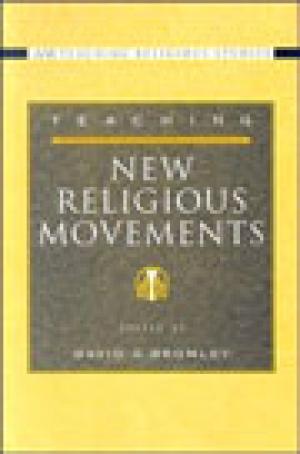
AAR Teaching Religious Studies Series (Oxford University Press) Since its inception around 1970, the study of New Religious Movements (NRMs) has evolved into an established multidisciplinary field. At the same time, both the movements and the scholars who study them have been the subjects of intense controversy. In this volume, a group of senior NRM scholars who have been instrumental in the development of the field will offer pivotal essays that present the basics of NRM scholarship along with guidance for teachers on classroom use. The book is organized topically around subjects that are both central to the study of NRMs and likely to be useful to non-specialists. Part I contains examinations of the definitional boundaries of the area of study, varying disciplinary perspectives on NRMs, unique methodological/ethical problems encountered in the study of NRMs, and the controversies that have confronted scholars studying NRMs and the movements themselves. Part II examines a series of topics central to teaching about NRMs: the larger sociocultural significance of the movements, their distinctive symbolic and organizational features, the interrelated processes of joining and leaving NRMs, the organization of gender roles in NRMs, media and popular culture portrayals of the movements, the occurrence of corruption and abuse within movements, and violence by and against NRMs. Part III provides informational resources for teaching about NRMs, which are particularly important in a field where knowing the biases of sources is crucial. With its interdisciplinary approach, the volume provides comprehensive, accessible information and perspectives on NRMs. It is an invaluable guide for instructors navigating this scholarly minefield. (From the Publisher)
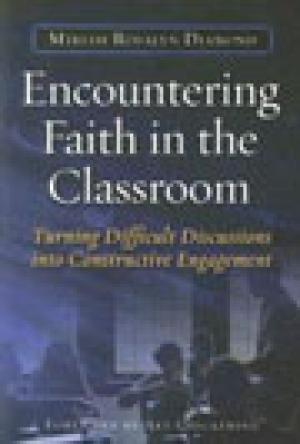
When faculty unexpectedly encounter students' religious ideologies in the classroom, they may respond with apprehension, frustration, dread, or concern. Instructors may view this exchange as a confrontation that threatens the very heart of empirical study, and worry that this will lead to a dead-end in the learning process. The purpose of this book is to explore what happens—and what can happen—in the higher education, and even secondary school, classroom when course content meets or collides with students' religious beliefs. It also considers the impact on learning in an environment where students may feel threatened, angry, misunderstood, or in which they feel their convictions are being discredited. This is a resource that offers ways of conceptualizing, engaging with, and responding to, student beliefs. This book is divided into three sections: student views on the role of religion in the classroom; general guidelines for responding to or actively engaging religious beliefs in courses (such as legal and diversity considerations); and specific examples from a number of disciplines (including the sciences, social sciences, humanities and professional education). Professors from public, private, and religious institutions share their findings and insights. The resounding lessons of this book are the importance of creating a learning space in which students can express their beliefs, dissonance, and emotions constructively, without fear of retribution; and of establishing ground rules of respectful discussion for this process to be valuable and productive. This is an inspirational and practical guide for faculty navigating thecontroversial, sensitive—yet illuminating—lessons that can be learned when religion takes a seat in the classroom. (From the Publisher)
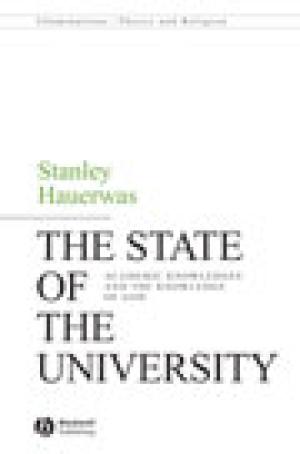
In this book, controversial and world-renowned theologian, Stanley Hauerwas, tackles the issue of theology being sidelined as a necessary discipline in the modern university. It is an attempt to reclaim the knowledge of God as just that – knowledge. * Questions why theology is no longer considered a necessary subject in the modern university, and explores the role it should play in the development of our “knowledge” * Considers how theology is often excluded from the knowledges of the modern university because these are constituted by an understanding of time necessary to make economic and state realities seem inevitable * Argues that it is precisely this difference that makes Christian theology an essential resource for the university to achieve its task - that is, to form people who are able to imagine a different world through critical and disciplined reflection * Challenges the domesticated character of much recent theology by suggesting how prayer and the love of the poor are essential practices that should shape the theological task * Converses with figures as diverse as Luigi Giussani, David Burrell, Stanley Fish, Wendell Berry, Jeff Stout, Rowan Williams and Sheldon Wolin * Published in the new and prestigious Illuminations series. (From the Publisher)
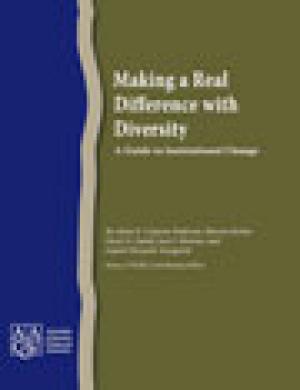
Making a Real Difference with Diversity provides readers with a step-by-step guide for implementing, evaluating, and sustaining comprehensive diversity work on campus. Drawn from a six-year diversity initiative involving twenty-eight independent California colleges and universities, the monograph offers a set of promising practices and selected quantitative and qualitative findings pertaining to efforts to enhance college access and success for underrepresented students, increase the presence of underrepresented minority faculty, and strengthen overall institutional functioning regarding diversity. (From the Publisher)
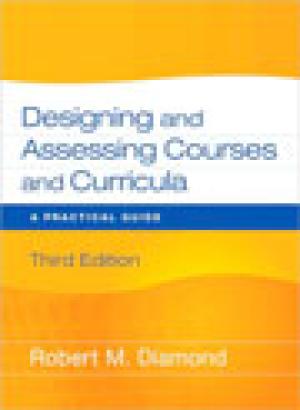
Designing and Assessing Courses and Curricula reflects the most current knowledge and practice in course and curriculum design and connects this knowledge with the critical task of assessing learning outcomes at both course and curricular levels. This thoroughly revised and expanded third edition of the best-selling book positions course design as a tool for educational change and contains a wealth of new material including new chapters, case examples, and resources. (From the Publisher)
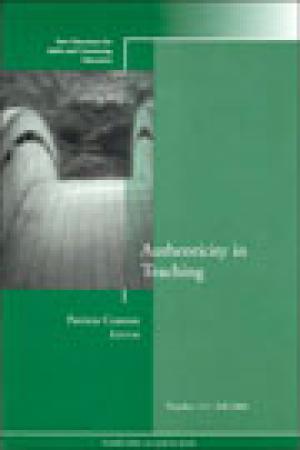
Becoming an authentic teacher appears to be a developmental process that relies on experience, maturity, self-exploration, and reflection. It is the purpose of this volume to explore a variety of ways of thinking about authenticity in teaching, from the perspective of both scholars and practitioners. This volume addresses five overlapping and interrelated aspects of teaching that impact a teacher's authenticity: * self-awareness and self-exploration * awareness of others (especially students) * relationships with students * awareness of cultural, social, and educational contexts and their influence on practice * critical self-reflection on teaching Authenticity is one of those concepts, like soul, spirit, or imagination, that are easier to define in terms of what they are not than what they are. We can fairly easily say that someone who lies to students or pretends to know or who deliberately dons a teaching persona is not authentic. But do the opposite behaviors guarantee authentic teaching? Not necessarily... This is the 111th volume of the quarterly journal, New Directions for Adult and Continuing Education.(From the Publisher)
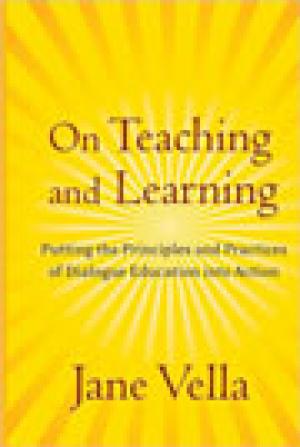
On Teaching and Learning takes the ideas explored in renowned educator Jane Vella’s best-selling book Learning to Listen, Learning to Teach to the next level and explores how dialogue education has been applied in educational settings around the world. Throughout the book, she shows how to put the principles and practices of dialogue education into action and uses illustrative stories and examples from her extensive travels. Dialogue education values inquiry, integrity, and commitment to equity—values that are also central to democracy. Learners are treated as beings worthy of respect, recognized for the knowledge and experience they bring to the learning experience. Dialogue education emphasizes the importance of safety and belonging. It is an approach that welcomes one’s certainties and one’s questions. (From the Publisher)